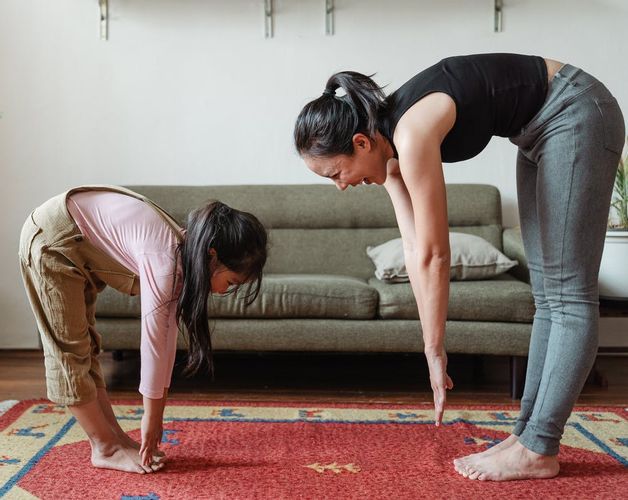There is a lot of emphasis on the importance of exercise for bone health. Doctors tell us to exercise because it will build up our bone density, there are instructive videos on YouTube about how to build bone density, and it is fairly easy to find exercise classes designed for people with osteoporosis; but does exercise really do anything positive for our bones? Can you really stimulate bone formation through exercise?
Considerable research has been devoted to this subject. The general consensus being that exercise, most importantly weight-bearing exercise, is what is best for bone health. Weight-bearing exercise not only increases muscle strength and coordination but it also sends messages, via mechanical strain, to bone cells. When bone cells receive activating signals they take action and fortify bone with new matrix and mineral deposits making them stronger. But there are limits to this process.
Every week patients tell me they are exercising and that this will help them build up their bone density. Trying not to sound negative, I explain that they shouldn't be discouraged if their next bone density scan (DXA) fails to show improvement as a result of their exercise program. I further explain that this does not mean their exercises are not therapeutic.
The time in your life to build bone density through exercise is when you are young. As you age, the ability of your bone cells to react to mechanical strain is less robust. What is important, I explain to my patients, is that you exercise for increased strength, coordination, improved cardiovascular health, reduced systemic inflammation and (for me at least) happiness. These are the important benefits of exercise and should be your intended goals. There are important reasons to exercise as you age but improving bone density should only be seen as a "possible additional benefit." To believe that exercise will improve your bone density, may lead to unnecessary disappointment.
A recent study reported in the Journal of Bone and Mineral Research (Deere et al., 2012) was designed to test the response in bone density accrual in the hips of adolescents to various levels of mechanical strain (physical activity). The authors concluded that physical activity "associated with impacts [greater than] 4.2g, such as jumping and running (which further studies suggested requires speeds [greater than] 10 km/h) is positively related to hip BMD [bone mineral density]." On the other hand, "moderate impact activity (e.g., jogging) is of little benefit." "Hence, [physical activity] may only strengthen lower limb bones in adolescents, and possibly adults, if this comprises high-impact activity."
So I encourage you to exercise.* It is extremely important for your health. It will make you stronger, more supple, and less prone to falling which is the number one cause of hip fractures. Exercise, if done properly, will reduce your risk of breaking a bone. But do it for the right reasons. Do it because you know what the real benefits of physical activity are: joy, happiness, strength, coordination, flexibility, cardiovascular health, reduced inflammation, etc...etc... Do it for these reasons and you won't be disappointed.
* Consult with your doctor first before beginning any new exercise program. And, I do NOT recommend jumping over cows! This would put anyone with osteoporosis (or for that matter anyone without osteoporosis) at great risk for fracture. At least this isn't a bull!
Deere K et al., 2012. Habitual levels of high, but not moderate or low, impact activity are positively related to hip BMD and geometry: results from a population-based study of adolescents. J Bone Min Res 27(9):1887-1895.













